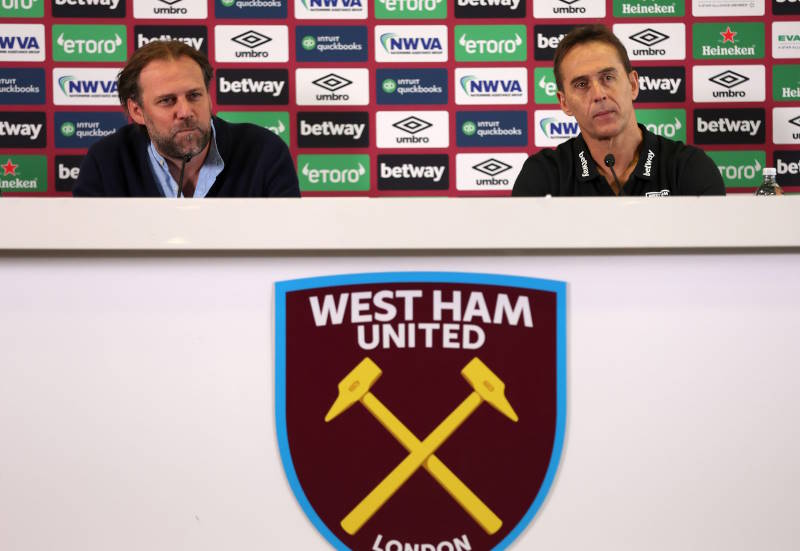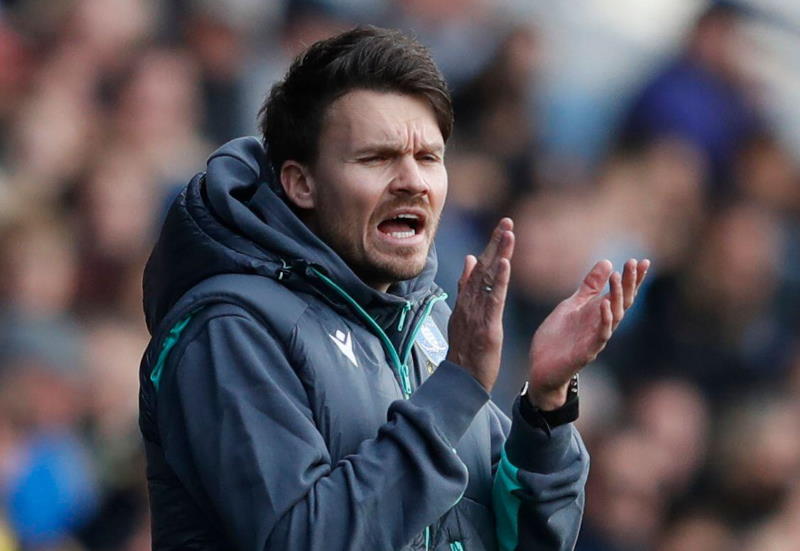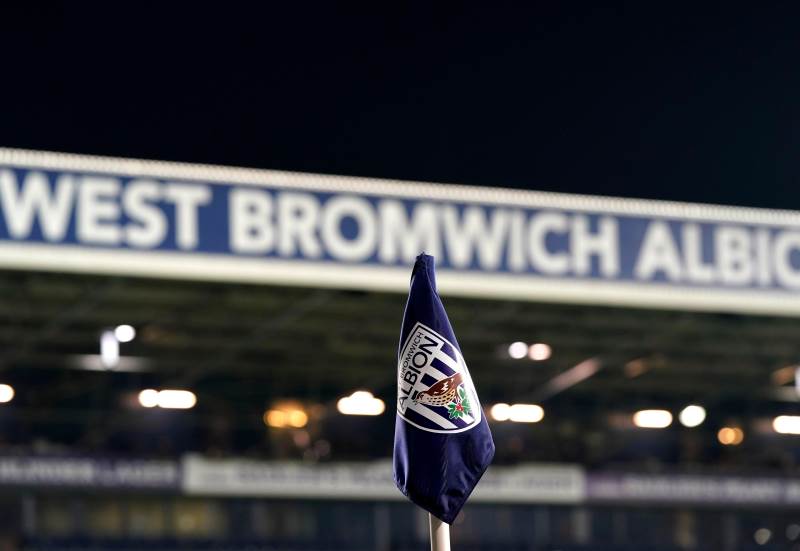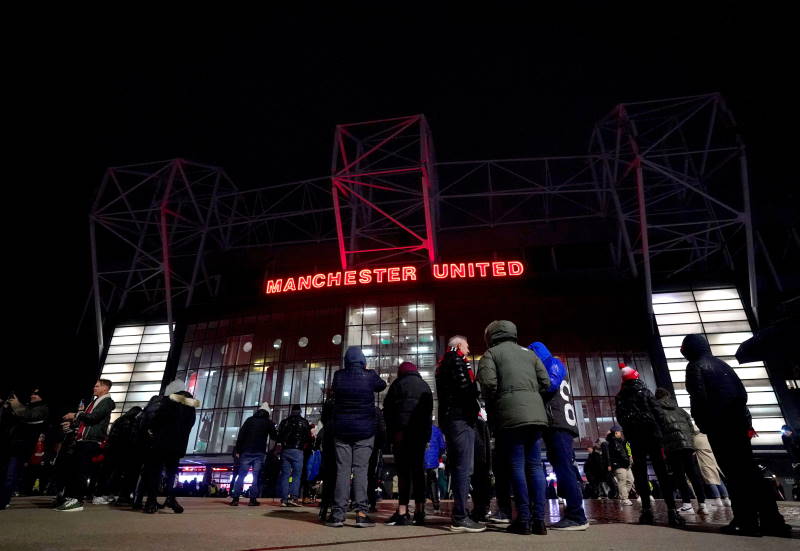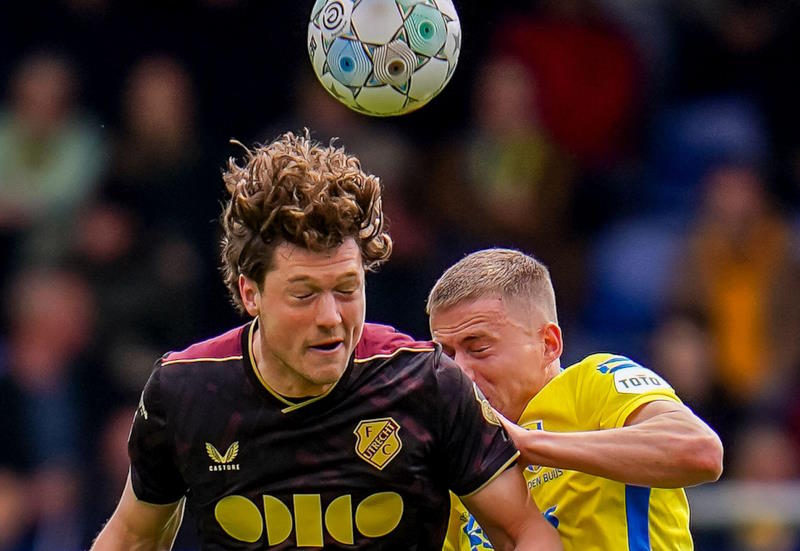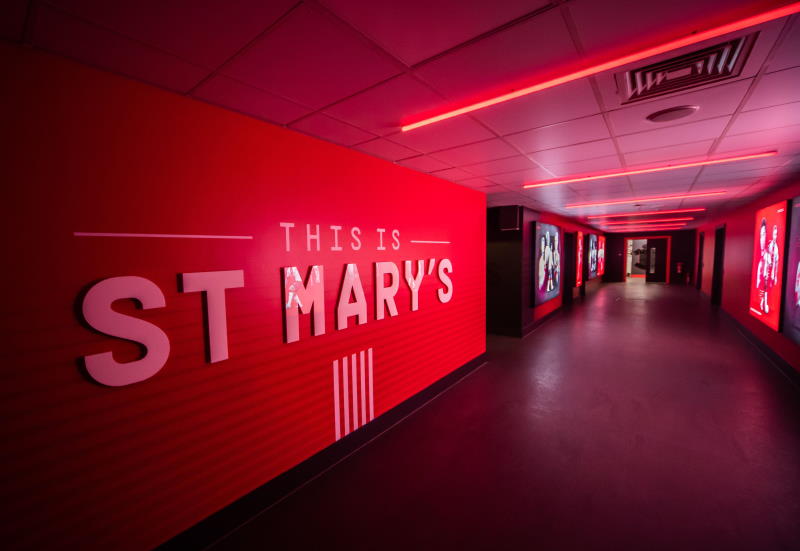Frank Myrland
After many years and many failed attempts, the structure of American soccer has found some stability as the sport forces itself into the consciousness of a mostly baseball and auto racing audience. The MLS has established itself as the unquestioned top flight of the American game, but the often overlooked United Soccer League First Division also features some quality players and teams that suggest North America has a bright future in the sport.
The United Soccer Leagues were formed as a result of several independent leagues of varying reputations that swirled almost haphazardly through a mostly disinterested American audience before a merger finally helped them find some footing. This merger allowed for the beginning of unified and organized divisions on the continent, in the form of the North American Soccer Pyramid.
The American game differs from its European counterpart in that there is no established system of promotion or relegation between any two divisions. This is mainly because teams do not operate by themselves and instead must be awarded a franchise by one of the leagues. It would be a violation of the rights granted to the new owner to demote the team, even if it simply cannot compete. Promotion to a higher division could spell doom for an organization as many teams are unable to attain profitability, regardless of their product on the pitch, when stadiums and payrolls are larger and travel is more frequent.
This was the reason for a significant decline in the number of teams immediately following the creation of the First Division. Many chose to demote themselves over the first couple seasons, finding new homes in the lower divisions. The league attempted to expand to fill the void and several overly ambitious teams joined, only to be met with empty seats and eventual demise. Of the 28 teams that participated in the inaugural season, only 11 remain. The First Division continues to search for new markets and will expand to add two new teams from Texas and Florida over two years.
The current eleven squads have found stability and as most have existed for over a decade, they also support a strong fan base. While no system of promotion is in place, teams may be able to find a place in the MLS if they meet the criteria for an expansion team in the higher division. The Seattle Sounders are set to join the MLS for the next campaign and other First Division teams are also believed to have expressed interest in following suit.
The regular season schedule consists of 30 games from which eight teams advance to the playoffs. The winner of the regular season is awarded the Commissioner’s Cup, and receives a bye directly to the semi-finals.
Teams from the USL-1 have the opportunity to play in several Derbies over the course of the regular season, involving teams that play in similar regions. The tables in these derbies are based on regular season contests between the teams, rather than separate matches. The three Canadian teams in the league play for the Voyageurs Cup, an event that Montreal Impact has won ever since its introduction in 2002. This event also decides which Canadian team earns a berth in the CONCACAF Champions League. The Cascadia Cup is awarded to the strongest squad on the Pacific coast, but with the departure of the Seattle Sounders to the MLS, only two teams will vie for this award next year. Three squads based in the South Atlantic region of the United States play in the Southern derby.
The league does contain a number of prominent clubs, and equally some good playing talent, including:
 Vancouver Whitecaps:
Vancouver Whitecaps:
Founded in 1986 and the current champions of USL-1, the Vancouver Whitecaps are one of several teams to consider joining the MLS as an expansion team. As part of their bid, Vancouver proposed the construction of a new stadium. The building would fit 16,000 spectators, far surpassing the 5,000 seat Swangard Stadium that the team currently operates out of. Vancouver leapt to instant success, winning four championships in their first five seasons. Canadian midfielder Martin Nash has spent the last five seasons with the team and is one of the key elements of their squad. Nash is a four-time All-League selection and also plays for the Canadian National Team.
 Montreal Impact:
Montreal Impact:
The second Canadian team of distinction, Montreal Impact was founded in 1993 and have won five Commissioner’s Cups since. Montreal has made a regular appearance in the CONCACAF Champions League, qualifying through their dominance of the Voyageurs Cup, and has achieved some success in the competition. The club have been named as a potential MLS expansion team. Star defender Nevio Pizzolito has played with the team since 2000, earning all-star status in 2004, 2005, 2006 and 2008.
 Puerto Rico Islanders:
Puerto Rico Islanders:
Current regular season champions and the only team in the league based outside of the North American mainland. The Puerto Rico Islanders are the second attempt at a team based on the island; the first folded after seven games. The same businessmen responsible for the first team organized the second after an eight year hiatus, with much more positive results. Islanders keeper Bill Gaudette was awarded the distinction of goalkeeper of the year for his efforts in the 2008 campaign, posting 10 clean sheets and 14 wins in 27 games.
 Rochester Rhinos:
Rochester Rhinos:
Rochester has placed an outstanding product on the field ever since their inception in 1996. The team has reached the playoffs every year, winning the championship three times. Their substantial fan base shows up in considerable numbers for every game with home attendance doubling the average rate of the league. Liberian midfielder Johnny Menyongar cleverly minds the middle of the pitch for the Rhinos and was named a second team All-Star in 2008.

